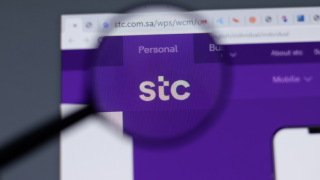The final, contested between Germany and Argentina, ended a tournament that has been heralded as the most talked about event on social media in history.
In the Maracanã stadium in Rio de Janeiro, SindiTelebrasil said that networks installed by local carriers recorded a traffic volume equivalent to approximately 2.6 million photos, with an average file size of 0.55Mb.
However, results from software company Citrix note that although there was a spike in traffic during games throughout the World Cup, the total volumes of daily mobile video traffic remained the same over game and non-game days.
“What these statistics show is that mobile video is something people are consuming every day, whether there is a major game on or not,” said Anna Young, senior product marketing manager at Citrix.
“However, where we did see dramatic change was in the type of traffic operators had to deal with.”
The Citrix report noted a three to four times increase in live streaming, with this type of traffic jumping in the US when the country played Portugal, and when Mexico played the Netherlands.
During the semi-final between Germany and Brazil on July 8, there was a 20-fold increase in data volume over mobile networks, but when the score reached 5-0 to Germany, this dropped almost back to normal levels.
Young adds that the Citrix report highlighted that during peak times – such as the Germany/Brazil game – the number of videos stalling doubled.
“Live streaming puts more pressure on the network as everyone is switching on at exactly the same time and methods such as caching cannot be deployed; the network has to be able to cope with this surge in the network or risk an outage” said Young.
“Some operators still need to learn these lessons and understand that more needs to be done to deal with the rise in demand during live events…operators need to think about the type of traffic going over their networks and how next time they could be better positioned to cope.”




